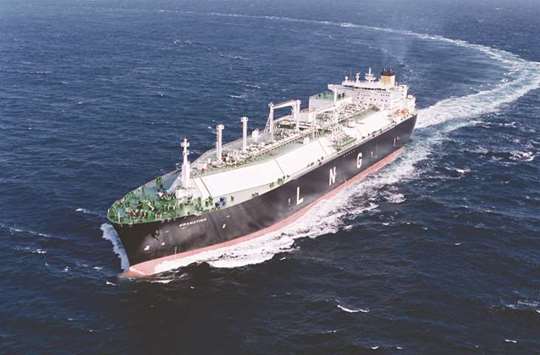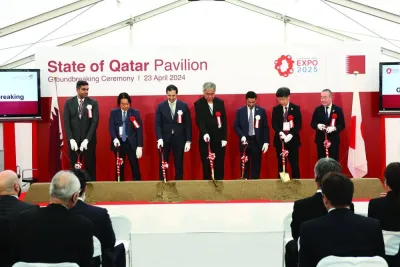Mideast region’s share in global LNG exports will improve by 2025 after a drop in 2020, driven by enhanced production in Qatar and Iran, according to Doha-based Gas Exporting Countries Forum (GECF).
In the early 2010s, the Middle East was the biggest LNG exporter globally, with more than one-third of the region’s volumes being exported from Qatar, Oman, the UAE, and Yemen, the GECF said in its ‘Global Gas Outlook 2017’.
However, capacity expansion in other regions has eroded its share of the market. It is forecasted that, by the end of 2020, only 28% of total LNG exports will come from the Middle East.
However, the GECF said there was “optimism over developments”, which would increase absolute levels of exports in the region: De-bottlenecking of existing capacity and capacity additions announced in Qatar by 30%; recovering LNG capacity in Yemen; and the entry of Iran into the LNG export market.
“The developments in Qatar and Iran will increase the region’s share of LNG exports to more than 30% by 2025. The share of the GECF countries will drop from 59% in 2016 to 47% in 2020, recovering to around 52% by 2025 and reaching 50% by 2040,” GECF said.
Rapidly expanding production and trade of pipeline gas and, especially, liquefied natural gas (LNG), has been observed in recent years.
In 2016, global trade of LNG totalled 257.7mn tonnes – a 15mn tonnes increase from the previous year. This is the largest incremental growth in LNG volume since the 2011 Fukushima Daiichi nuclear accident.
In the GECF outlook period (2017-2040), this boom in LNG trade is expected to continue, with liquefaction facilities coming online in the US and Australia at increasingly higher rates.
The second wave of expansion will come primarily from Qatar and other GECF members in approximately 2025, as well as from the US. Significant developments in pipeline infrastructure are also taking place in the CIS region, expanding pipeline capacity that will drive exports to China and Europe through the ‘Power of Siberia’ and the ‘Southern Gas Corridor’, respectively.
Unconventional natural gas resources will play an increasingly greater role in global supply, the GECF noted. The outlook projects that the share of unconventional gas in total gas production will rise from approximately 16% today, to more than 30% in 2040.
The forum said a low-carbon future is emerging as a key concern for the international community, especially with the adoption of the Paris Agreement in December 2015. This agreement has galvanised the energy community, with more than 190 countries pledging to mitigate their greenhouse gas (GHG) emissions through Intended Nationally Determined Contributions (INDCs).

In the GECF outlook period (2017-2040), the boom in LNG trade is expected to continue, with liquefaction facilities coming online in the US and Australia at higher rates



